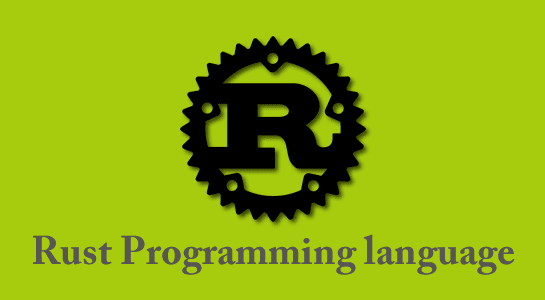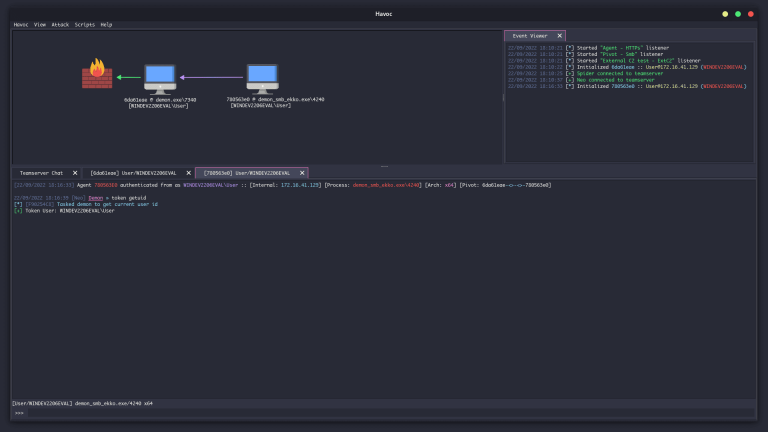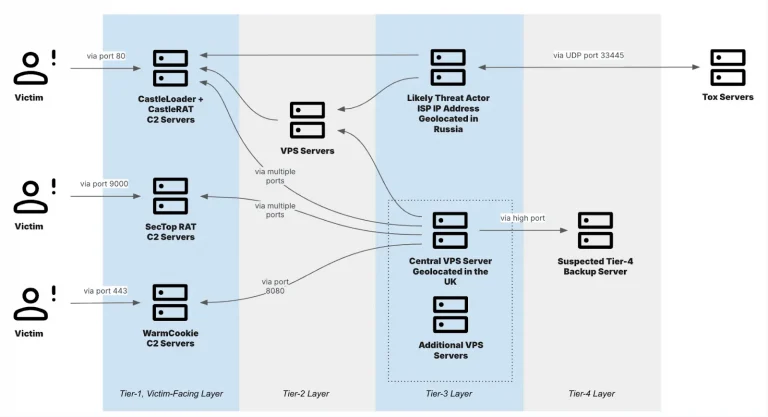

Human resource management focuses on the company’s primary brand, its people. An effective HR management process constantly produces individuals that add value to the company, resulting in improved employee experience in the organization.
But how can the company proactively inspire, shape, and ensure the future health of the business through human resource management? How do you ensure enough talent succession in the company?
How can you develop people to become coach leaders within the company and improve department performance? Can technology help streamline HR management to improve employees’ experience?
This article will offer ways to develop a working people strategy that can inspire, shape, and ensure the healthy direction of the company.
Also, this write-up will provide ways to ensure the company’s positive culture and suggest technology for streamlining the HR process in upskilling employees and improving their company experience.
Positive employee experience is crucial to business growth and is one of the most essential investments a manager can make.
You can read this article and learn tips on how to work with employees and help them become more productive through simple life hacks and techniques. Improving productivity is a significant milestone in any company and using strategies to develop ways to increase production with less effort is always the goal.
Develop and Deliver a “People Strategy”
The Senior HR role focuses on creating, developing, and delivering the company’s people strategy. But the question is how to make a good strategy geared to improve employees?
Here are some points of consideration for developing a workable people strategy in a company.
- Identify organizational issues and determine the role of HR in resolving these concerns. Innovation and transformation are common focuses in this type of strategy development.
- Identify how to reach the well-being of employees and define the client’s focus points. HR management must connect with both employees and clients to determine how to reach the well-being of both parties.
- Determine the proper interventions to resolve issues. These interventions include recruitment, integration, and development that will drive change in a department for the better.
- Focus on the most significant impact with the least effort. Focus on the tangible wins with what you can do. Use the “impact-effort” matrix to identify the focus of the company. An impact-effort matrix is an analytical tool where you can determine interventions that have minimal effort but results in maximum impact.
- Identify gaps through performance analysis. Look for evidence that a problem exists and that a solution has results.
- Become a bridge between departments and management to resolve issues for the company’s benefit.
- Design strategies on the realistic capacities of different departments with the company’s overall objectives.
- Strive not for a company without problems but for a company full of great problem solvers. Developing problem solvers starts with spearheading initiatives that drive positive change, improve employee engagement, and adopt performance development programs.
Become the Custodian of Culture in a Company
HR Directors is the custodian of culture in a company. You are responsible for molding every individual in the company into a culture aimed at the benefit of everyone in the organization.
- Promote a culture that responds to employee grievances with proactiveness. It’s not enough to just hear people out. You need to reciprocate issues raised with efficient action.
- Promote a culture based on active communication between management and employees. Ensure employees feel that management hears their concerns and is genuinely striving to improve employees’ experience.
- Promote a culture based on organizational values. These values are determined by the company’s previous performance with clients that resulted in success.
- Promote a culture of competitive advantage where the company strives to improve services to outpace competitors.
- Promote a culture of continuous improvement. It focuses on developing strategies that will continually upskill people in the organization to become productive.
Values drive the organization’s behavior, and the organization’s behavior is the foundation of its culture. A positive culture will result in better performance and continued wins gained by the company.
HR directors are the custodians of culture and should promote the values that bind the organization together. To start developing a culture, the company must identify the core values of the organization that will be the foundation of every strategy that will be developed in the future.
Integrate Technology to Streamline HR Processes
Companies are hunting for the best program that fits their culture and goals with technological advances in business management. One of the trending technology that streamlines HR processes is SAP SuccessFactors.
SAP SuccessFactors is a cloud-based software used to maintain human resource management processes. HR can easily manage end-to-end processes through working talent management software from payrolls, training, talent management, and development.
You can also check out this article for further insight into the necessity of employee learning experience in the workplace. Implementation of technology in business processes is part of the innovation goal of the company. HR must spearhead the implementation of new software that will streamline the company.
Employees must be enrolled in continuous learning and advancement. What goals are done today can be replicated tomorrow and bested in the future.
Finally, HR management must improve social learning within the company by creating an exciting learning environment focused on improving performance. These development programs can increase the motivation of employees to upskill, develop accountability, and step up when challenges arise.
HR management is one of the pillars of the organization. It focuses on the development of people, which is the company’s leading brand. A company’s value can be defined not by quotes and statements printed on paper but by the actions, values, and culture of every single employee that makes up the company.





